A model for Japanese people to converse on equal terms with native English speakers
At Ryogoku High School, most English lessons are taught through team teaching between a Japanese instructor and a JET ALT. This time, 2nd year English teacher Naoko Homura and Ryogoku High School ALT Edmar Castillo talk to us about English lessons using team teaching.
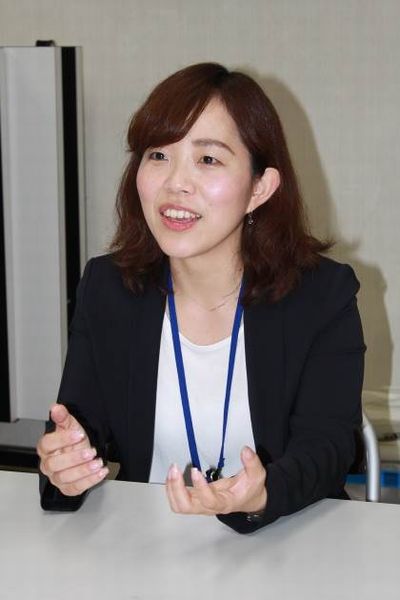
Teacher Naoko Homura.
This is her ninth year working at Ryogoku High School.
Developing the ability to think for yourself and give your opinion in English
What did you do in today's lesson?
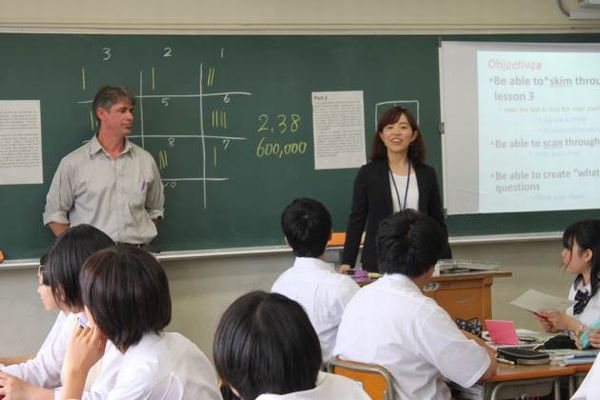
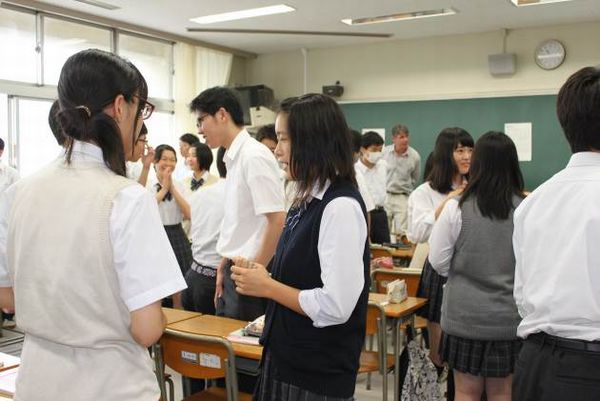
Ms. Homura:
First was the "4 Corners" activity practice (a jigsaw-type activity) fostering "skimming," which involves reading the main point of the textbook content. First we split text from the textbook into four parts and stuck them on the classroom wall. Students split into groups of four. Each of them goes to one of the text sections, reads it, then explains the main point of their section to the other three members of their team. By all four of them explaining their main points, they get the gist of this lesson's content.

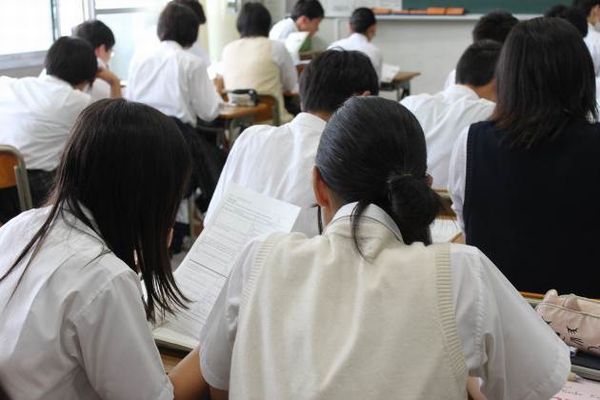
Ms. Homura:
ext is training to foster "scanning", the ability to read for necessary or desired information. Students split into pairs, and the student on the left holds a paper with questions and answers written on it. The student on the right searches for the answers to the left student's questions in the textbook and answers. If the answer is correct the left student praises the other one with words like "Good job!" "Fantastic!" "Marvelous!" and so on. There are ten questions, and on the sixth question they swap roles. The students give each other hints and find the answers.
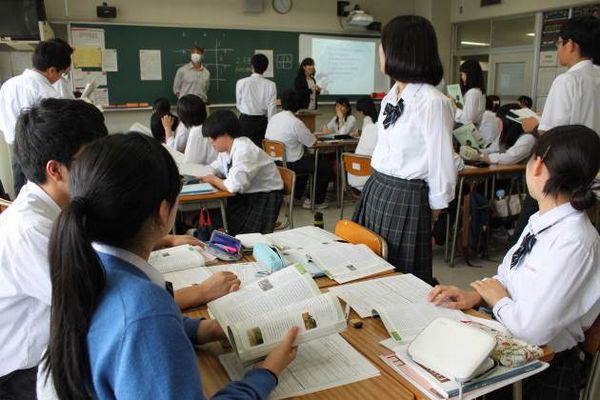
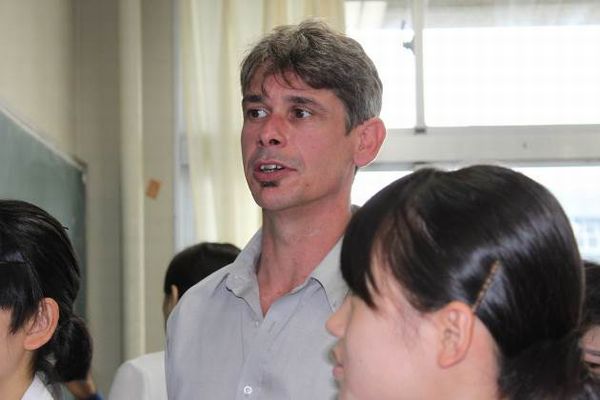
Ms. Homura:
Then we ask those who have finished the scanning exercise more questions. This time the pairs spoke of things like, "Do you agree with this project?" or "Is there a problem with the project?" The next lesson will be a deep discussion regarding the content we read in this lesson, and will introduce such matters. Our school's English lessons basically follow the aforementioned flow.
What is your goal with such a practice, what do you want to foster in the students?
Ms. Homura:
I want to cultivate students that can use English to speak in their own words, think for themselves and give their own opinions in English. From conversations with partners -small moments of listening to a person's story and chiming in with their own remarks- to listening behavior, speaking behavior, and furthermore, to the ability to speak their own thoughts and opinions. It's also important for them to always include the reason they think what they think when they offer their opinions.
What sort of effect have these lessons had towards that goal?
Ms. Homura:
Good question. Before, I would often face push-back when I asked students why they believed what they did. But a lack of understanding is only natural when it comes to cultural exchange with people from other countries, so they'll be asked "why" quite often. That's why it's important to be able to explain your reasoning in words, even for things you think go without saying. Lately I feel that more students offer their reasoning after giving their opinion even without me asking "why".


